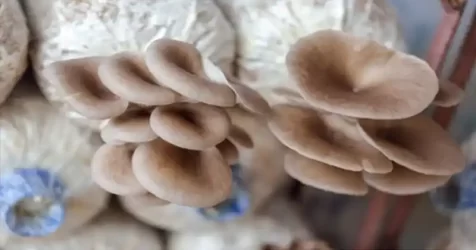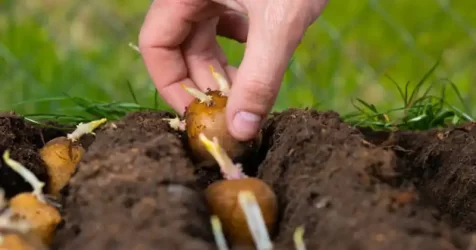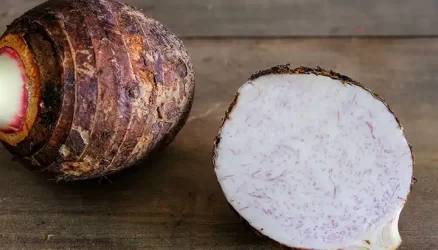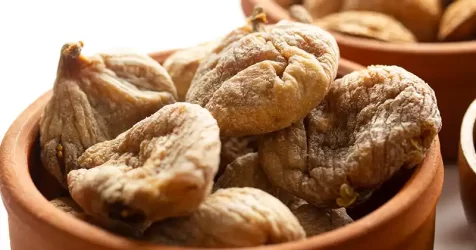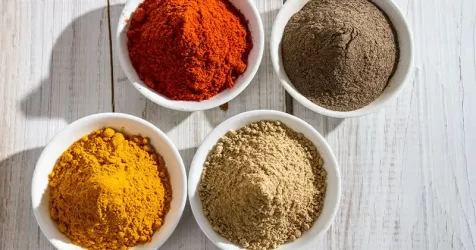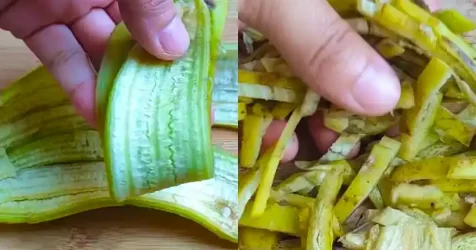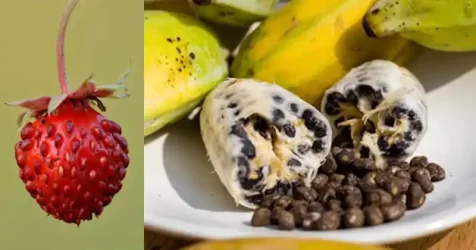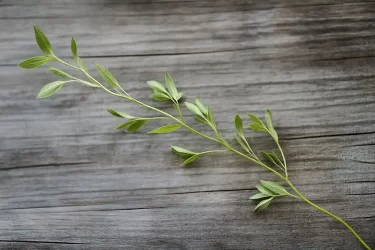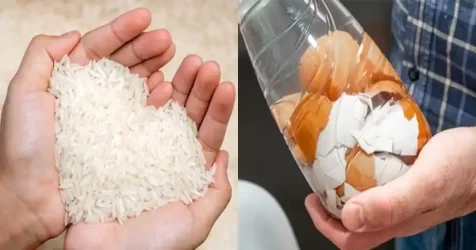Boost Your Plant Growth with This Natural Fertilizer
Flowers add a unique charm, colorful freshness, and a touch of exuberance to your garden. To optimize their growth and longevity, they require tailored care and suitable nutrients. You don’t need to constantly apply chemical ingredients that unfortunately harm the environment. Instead, why not opt for a healthier and eco-friendly alternative? Here’s a selection of natural fertilizers that will safely make your flowers bloom to their fullest!
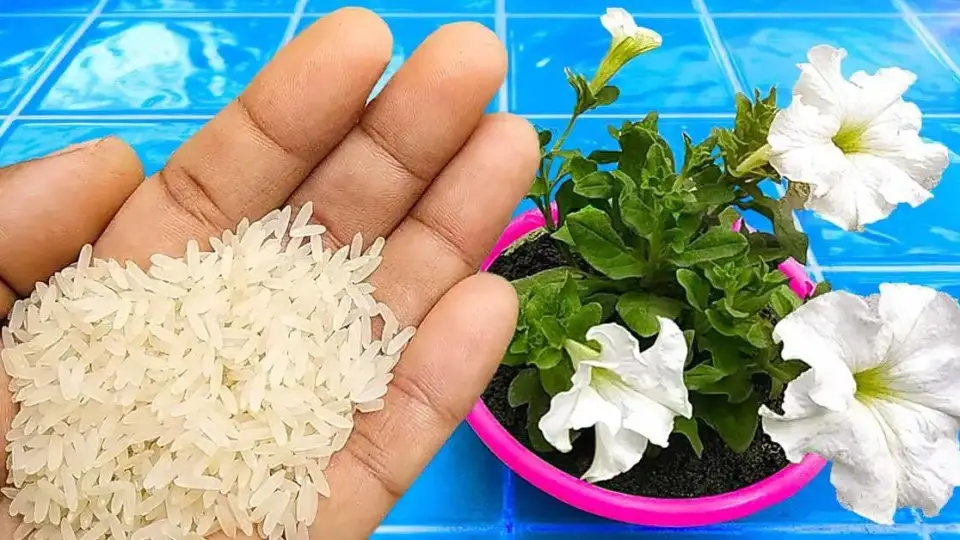
Best Fertilizers for Your Garden Industrial and chemical fertilizers might not be the best solution to achieve beautiful, healthy, and long-lasting plants. In fact, despite their proven effectiveness in promoting growth, these artificial products are also known for their harmful and aggressive effects. However, with natural ingredients, you can achieve equally satisfying or even better results. For growing double the flowers outdoors, there’s nothing like an organic, natural fertilizer that respects Mother Nature’s treasures. As an added bonus, you probably already have everything you need at home!
Rice – An Endless Source of Benefits for Plants
Starting with white rice. Many people are unaware, but it’s an excellent natural fertilizer for your plants. This widely consumed food worldwide is rich in starch, carbohydrates, and vitamin B, making it a great source of nutrients for plants. But that’s not all; it also contains minerals like nitrogen, phosphorus, magnesium, and potassium – ideal substances to promote plant growth and flowering.
How to Prepare this Natural Fertilizer from Raw White Rice?
Ideally, try to get untreated rice, without any additives or preservatives. Follow these steps:
- Pour 100g of rice into a container and add 1 liter of water.
- Mix well and let it soak for about 24 hours. This allows the rice to release all its nutrients into the water, which will then be used for the plants.
- After this time, the rice will have a tender texture. Mix it again and strain it through a sieve. Don’t waste the grains, as you can use them as natural organic fertilizer by applying them to the soil, creating a nutritious substrate that will make the plants grow faster and healthier. Additionally, adding rice grains will enhance the beneficial effect of the liquid fertilizer.
- The rice water is now ready to use. However, before applying it, it’s recommended to dilute it in water (1 cup of fertilizer for 10 liters of water). After dilution, pour it into the soil around the plants or on their leaves, according to each plant’s needs.
Good to Know: It’s recommended to use this natural fertilizer based on white rice every two weeks to obtain vigorous plants with abundant flowering.
Ground Coffee to Beautify Your Garden
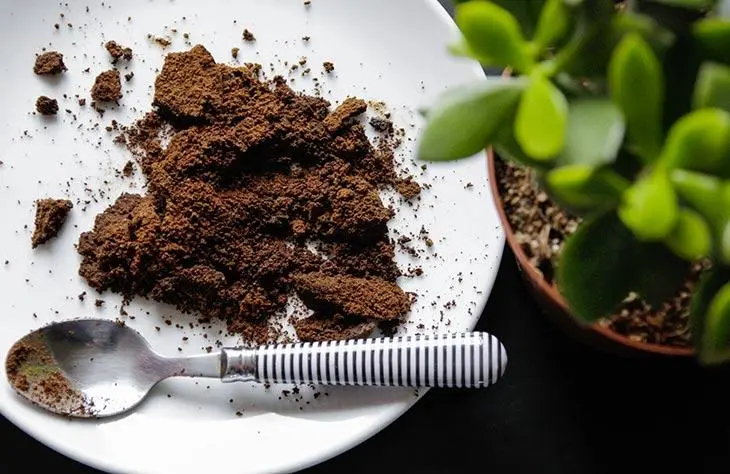
Did you use to discard used coffee grounds? It’s a shame, as this often underestimated product can work wonders in your garden. Rich in nitrogen, sulfur, and phosphorus, it acts as an ideal fertilizer to nourish your plants. Note that the roasting process completely breaks down the plant protein, but the plant’s nutrients are retained in the decomposition products. How to use it as a fertilizer? Instead of heading straight to the garden with a used filter and sprinkling it around the plants, it’s best to collect the grounds in a bucket and keep it in a dry but ventilated place. To help it dry faster, hang a fine-mesh sieve over it to prevent mold. Once it’s dry, sprinkle a few handfuls around the roots of each plant.
When Is the Best Time to Fertilize Your Garden?
Plants benefit most from fertilizers during their growth period. Therefore, the best time to fertilize them is early spring when they emerge from dormancy. However, remember that each plant has unique individual fertilizer needs. Acid-loving plants like azaleas, blueberries, camellias, hydrangeas, and rhododendrons especially prefer soil with a more acidic pH to absorb nutrients. Flowering or fruiting plants require more phosphorus to stimulate bud, fruit, and flower growth.
Where Can You Find Natural Nitrogen?
The richest organic sources of nitrogen are manure, ground animal parts, and flour (soybean flour or cottonseed flour). The nitrogen concentration in manure varies depending on the type of animal, but it also depends on the age of the manure and how it was stored. As for animal carcasses and seed flours, due to their special treatment, they generally have a very high nitrogen concentration.
